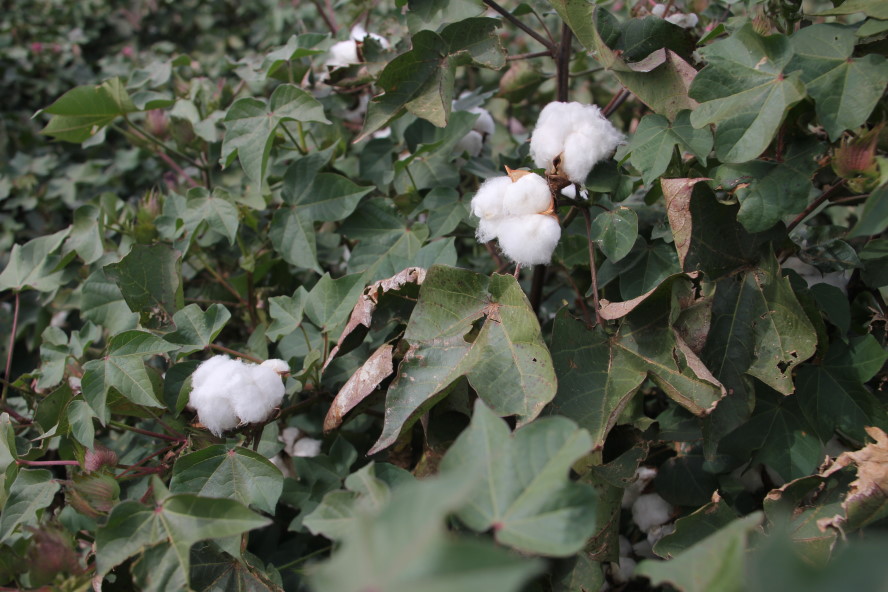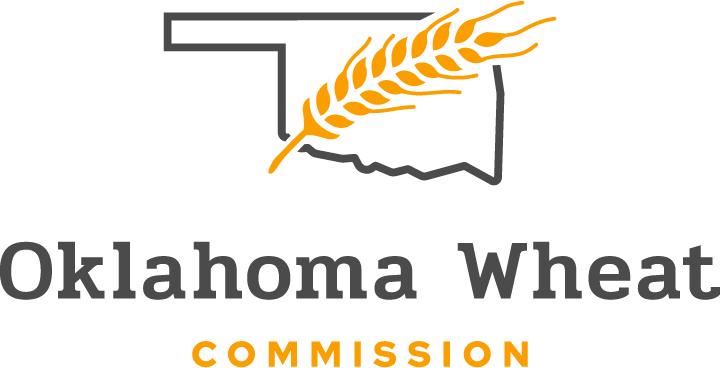
Agricultural News
Cotton Producers Struggled with Drought and More in 2011
Thu, 22 Dec 2011 15:58:33 CST
 2011 has been quite a ride for Oklahoma cotton producers. The terrible drought finally gave way to considerable autumn rainfall. The Altus Mesonet Station has recorded 5.2 inches of precipitation since October 1 (compared to the "normal 5.4 inches), and that is very near normal in terms of amounts and distribution by month. This has allowed many producers to get cover established on previously parched fields. The bad news is we still have cotton in the field in some areas at this late date. One producer indicated that in the last 2.5 months, he has only been able to conduct stripper harvesting operations for only about 10 days. This has added insult to injury relative to fiber quality issues.
2011 has been quite a ride for Oklahoma cotton producers. The terrible drought finally gave way to considerable autumn rainfall. The Altus Mesonet Station has recorded 5.2 inches of precipitation since October 1 (compared to the "normal 5.4 inches), and that is very near normal in terms of amounts and distribution by month. This has allowed many producers to get cover established on previously parched fields. The bad news is we still have cotton in the field in some areas at this late date. One producer indicated that in the last 2.5 months, he has only been able to conduct stripper harvesting operations for only about 10 days. This has added insult to injury relative to fiber quality issues.
The December USDA-NASS estimate indicated that the Oklahoma crop had 100,000 standing acres, would yield 432 lbs/acre and would ultimately produce 90,000 bales. I have a hard time with the 90,000 bale production estimate based on experience and what we know about the 2011 crop. If we assume we planted about 400,000 acres and if we assume we are harvesting 50,000 then that results in an abandonment rate of about 87% during the worst drought year on record. Data provided by the USDA-FSA State Office indicated that dryland planted acreage was about 262,000 whereas irrigated acreage was about 134,000 for a total of 396,000 acres in the state during 2011. I think it can be safely assumed that essentially all of the dryland acreage failed. I know there is some out there, but not a lot. If we assume 5,000 dryland acres standing then about 2% of planted acres made it to harvest, which resulted in a 98% failure rate.
A large number of irrigated acreage also failed, especially in extreme southwestern Oklahoma. Stands were difficult to obtain, and in the fields where stand establishment was successful, dwindling irrigation capacity during the height of the severe growing season resulted in highly stressed fields in many areas. Add to this the early four-bract square issues and extensive abortion of these types of fruit, low seed count due to incomplete pollination which resulted in "parrot beaking" and small boll size, then the prescription for yield disaster was written. If we assume 45,000 irrigated standing acres, then about 33% of planted acres made it to harvest, for a 67% failure of irrigated acres.
If the total standing acres for harvest is about 50,000, the next question is how much production from these acres? Irrigated land on the average may likely contribute more than 1 bale per acre. We do have one producer who farms near Carnegie who was able to produce over 4 bales/acre on a 102 acre center pivot - which had 1,000 gpm or over 9 gpm/acre. This is likely the highest yielding field in the state this year, and I submit that not many producers were able to get anywhere near this yield.
Early harvested cotton fiber quality was plagued by considerable seed coat fragment and bark contamination. Seed coat fragments in lint are basically caused by excessive immature seed. This seed disintegrates at the gin stand and it is difficult to remove seed coats during the lint cleaning process. Currently the Oklahoma 2011 crop indicates a total of about 40,000 bales classed. Where the total will end up is difficult to estimate, but it will likely be somewhere between 50,000 and 75,000 bales off of a similar range of harvested acres.
Overall quality has been remarkably good for some fiber characteristics (see Figure 1 below) considering the devastating growing season. However, seed coat fragments and bark are problematic. Based on my experience, with most of our remaining cotton likely being stripper harvested, bark contamination will usually not go away this late in the season; it will likely increase depending upon the amount of continued weathering of the crop. Texas High Plains research indicates that harvesting as late as January and February will likely result in significant lint weathering due to photodegradation of cellulose. This can reduce fiber length (about 1/32 inch), uniformity (about 1-1.5%), and strength (about 1 g/tex). Therefore, time is of the essence in terms of fiber quality. To see the overall fiber quality of the Oklahoma crop classed thus far, click here.
Click on the LINK below for the complete Cotton Comments Newsletter with more on the 2011 cotton crop.
02365_CottonComments12222011.pdf
WebReadyTM Powered by WireReady® NSI
Top Agricultural News
More Headlines...




















